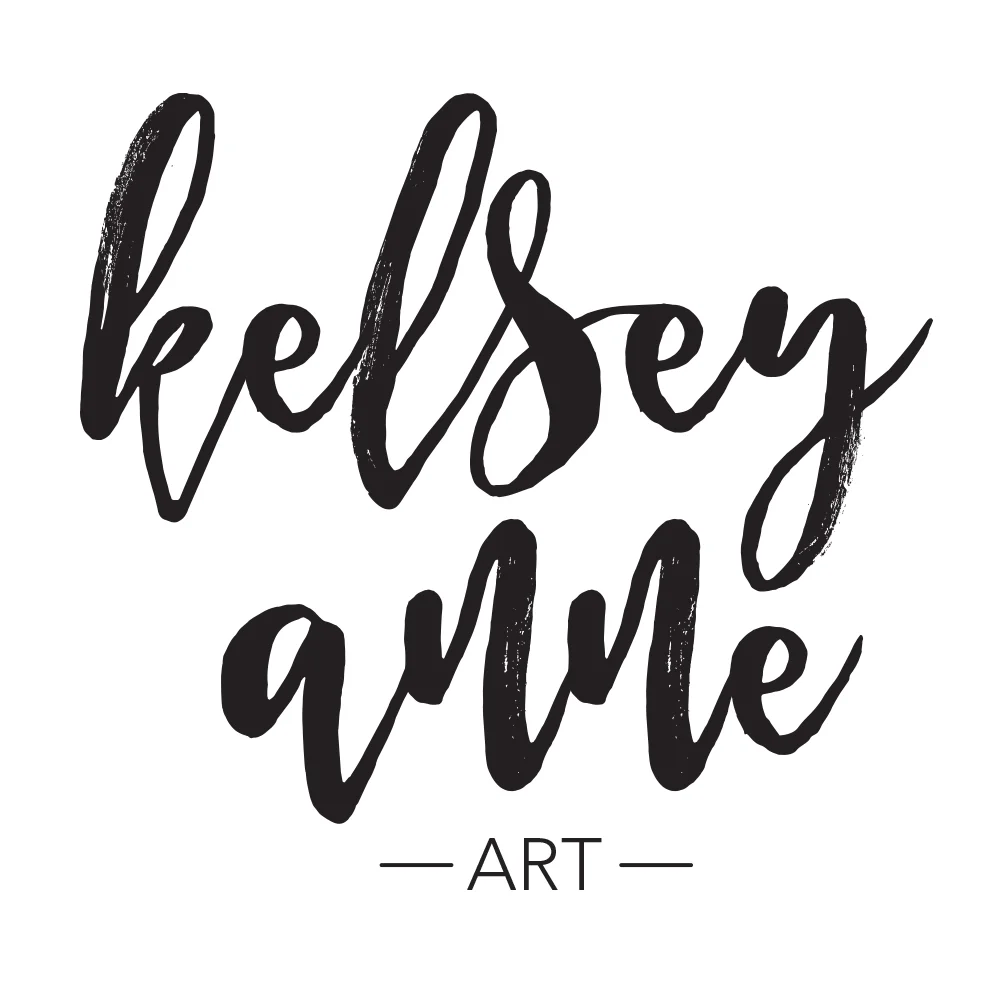With #Inktober coming up, I’ve been busy! So sorry to keep you waiting on what I found out about this type of lettering! To start off, I found out that some people refer to it as “Beveled Prism Lettering”, so that’s neat.
During my research, I found this video tutorial that really helped me learn the basics. It didn’t answer all of my questions and if you look at the worksheet the lady generously supplies, a lot of the letters look just as I would expect them to but some had lines and angles that didn’t quite meet up. I wanted to figure out why. But we’ll dive into that in a minute. Let’s start with the first step:
Draw a bold/block sans serif letter
Draw the letter inline. (Before learning more about this topic, I used to skip this step and go straight to creating the inline triangles. This is a no-no. Don’t do it! You’ll see why!)
Common mistake: Drawing the inline with corners that don’t match the block letters’ lines around it. The worksheet that Marzi did has some inlines that do this, specifically on problem letters like ‘N’, ‘M’, and ‘W’. Geometrically speaking, you can totally do it this way but optically, it doesn’t look great IMO. Basically, all I know is that when I compared hers to James Lewis’ “Versa Font”, I noticed that difference and thought Lewis’ just felt better.
Example A
Example B
Example C
Example D
3. Draw the crossbars’ inline. Connect the crossbar inlines to the exterior lines with diagonal lines. (Have I said the word “line” enough??)
4. Draw your inline triangles at the ends of your stems, if applicable. Draw quadrilateral shapes on the ends where needs be. As you can see with the first example of the ‘N’, the top and bottom triangles don’t align. This is a problem. Geometrically, you can form your letter so the inline triangles do align BUT in order to accomplish this, the top triangle ends up being really short and wide. We don’t want that. We want all of our inline shapes to be the same height. Another reason this doesn’t work usually, is because as you can see in Example G, the pink lines are longer than the blue lines. This is how most “problem” block letters are formed.
Example E
Example F
Example G
Example H
By Vintage Voyage Design Co.
5. Concerning letters with bowls and counters: Most of the beveled fonts I observed didn’t have the added separation line in the bowl/counter aligned with the corner lines. (See Example H). I don’t know why that is. If anyone does, please let me know!
6. After that, determine where your imaginary light source is coming from to decide which of your fragmented pieces will be shadows vs. highlights. You can do 2, 3, or 4 colors!
7. Add a drop shade and shadow. See Example I.
Example I
By James Lewis
8. Don’t get too discouraged! This kind of lettering takes a lot of precision and practice so don’t get down on yourself if you can’t get it immediately. I might be saying all this because I’m the one that needs to hear it, lolz! I had the opportunity to chat with James Lewis @jameslewis (AKA the King of 3D lettering) about any tips he had on creating this type of lettering and he said that “In basic terms you link up all corners and draw an inline and then decide where the light hits the surface. If you’d like even more examples you can check out my font VERSA. Lettering artists around the world have found it very helpful tracing the forms to give them an understanding of 3D lettering.”
Another font that I looked at for reference is called Sandwich. It gives many variations on 3D lettering that’s fun and inspiring!
I hope that helps answer any questions you may have had! Looking forward to seeing all of your 3D gloriousness!
xoxo,
Kelsey









